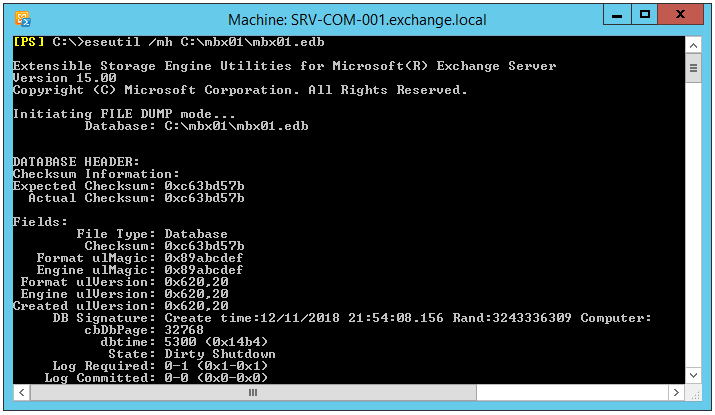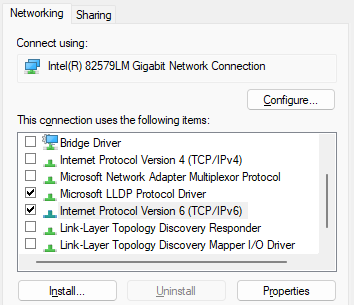How to Fix Error - Event ID 3154 ‘Active Manager Failed to Mount Database’?
After restarting the Exchange Server, due to a power cut, maintenance, or hardware failure, the first thing to check is that the mailbox database in your Exchange Server is mounted. You can check this via PowerShell using the Exchange Management Shell (EMS) or the graphical user interface. If the server and databases are healthy, the databases will automatically mount. You can manually mount the Exchange databases if not mounted automatically.
However, if the databases do not mount, there might be an issue with either the health of the database or the transaction logs. You may encounter the error “Active Manager Failed to Mount Database” in the Event Viewer with the ID 3154. In this article, we will be talking about the issue where the database doesn’t mount.
How to Resolve this Error and Mount the Databases?
The first thing to check is that if the databases are healthy. This can be checked by using the native tool ESEUtil with the /mh parameter.
<p>eseutil /mh <database file name><br></p>
From the output, the important thing to check is the database state. If the data is in the Healthy Shutdown state, you can try to restart the server or re-mount the database. If this doesn’t work, you can run a smooth recovery on the database.
After the smooth recovery, you can try to remount the database. If this fails, you can try the hard recovery. However, it is strongly suggested to not perform hard recovery as it purges any data which is deemed corrupted, resulting in data loss. In fact, Microsoft will not provide support if the database was recovered with a hard recovery. So, use it as a last resort. On the other hand, there is no guarantee that the database would mount after this operation.
Alternatively, before running the recovery process, you can open the ncpa.cpl to open the network properties of your network card and make sure the IPv6 option is ticked.
Try to mount the databases after this operation.
An Alternative Solution
Such events may cause havoc to the business. One cannot spare a big amount of resources and administrative effort as these would cost a fortune to the company. So, what can you do to restore the services as soon as possible with the least possible impact on the business and without losing any data? The native methods can solve minimal problems but could take a considerable amount of time and resources. Also, you need to consider the fact that there is no guarantee that the problem would be resolved.
If you manage to restore the database with issues, the best way is to move all the data to a newly created database, to avoid future issues. This would be easy if the database is mounted. You can create a move request via the GUI or Exchange Management Shell for mailboxes. For disabled and disconnected mailboxes, you need to create new users and assign them the mailboxes. Also, moving public folders is a little more complicated as there is no move request for these folders, and a set of scripting tools are needed.


